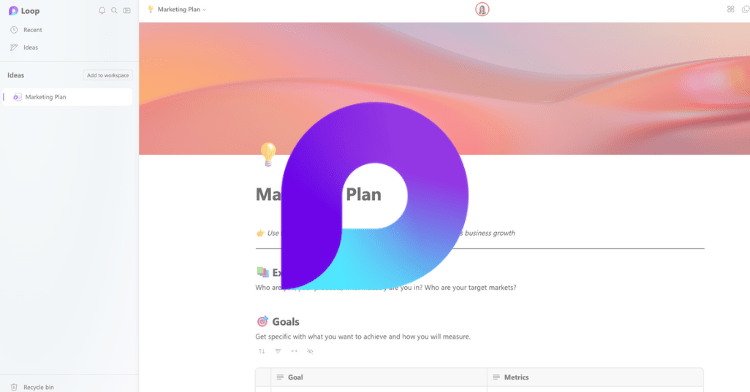;)

In this case study:
This case study was originally written for the Valo Solutions website.
Client: University Health
Industry: Healthcare
Products and Services: Valo, Microsoft SharePoint
Country:

Starting Point
University Health was using an old intranet on SharePoint 2010 with no interactivity. On top of this its search function didn’t work effectively because the metadata, key words and documents had not been kept up-to-date. So, University Health wanted to upgrade to a more modern, interactive platform. They wanted it to be a destination for staff as opposed to a difficult tool they had to try and use. This need became even more critical at the start of the Covid-19 pandemic.
Solution
University Health wanted a new interactive intranet built on SharePoint 2019. The system needed to be robust enough to handle more than 11,000 client connections. The platform had to remain on premises but it still needed to have the features of a world-class content management system. It also had to be customizable and be a low/no-code solution for content so business units didn’t have to rely on University Health IT staff for day-to-day content updates. University Health chose Texas-based digital solutions and services firm and Valo Premium Partner Catapult Systems [now Quisitive] to help install their new Valo Intranet.
Benefits
- The news feature allows for stories to be promoted to hero element on the home page
- The events feature allows each content editor to add, amend or update events, which has been vital during the lockdown period
- The video element allows the user to embed from YouTube or Vimeo, which can be frequently updated
- They love the look and feel of the People Finder feature
- Content is made easy with pre-built templates’ drag and drop function
An intranet fit for a leading medical center
University Health is one of the largest employers in Bexar County, with nearly 10,000 employees, 1,200 plus physicians and resident physicians, and an operating budget of $2 billion in 2020. It has a network of more than two dozen outpatient primary care, specialty, preventive health and school-based health centers. In addition, it was the first health organization in South Texas to earn Magnet status from the American Nurses Credentialing Center, granted to only about six percent of US hospitals.
As a health system with one hospital but more than 30 clinics spread across Bexar County and San Antonio, Texas, communication is multi-layered and has to reach a wide audience. This includes physicians and physician partners, nursing and clinical staff members, administrative and IT, as well as front-line staff such as environmental services, facilities management and nutrition services. As a communication platform, their old intranet was outdated. Staff disliked using the old intranet as it was incredibly hard to navigate or search. Therefore, University Health began looking to upgrade to a modern on-premises intranet on SharePoint.
An on-premises intranet on SharePoint
University Health chose Valo Premium Partner Catapult Systems as they offered deep development experience, and a refined deployment process helped by the Catapult FUSE platform using Valo. They chose on-premises intranet on SharePoint 2019 as the solution.
Quisitive has been hand-in-hand all the way. They trained the trainers and the first batch of section editors, who then helped the comms team train the next round of editors. They provided tip sheets and did trouble-shooting, which was invaluable to the launch. At the start of the current COVID-19 pandemic, University Health did a pre-launch as it soon became clear that there was no way they could keep up with all the COVID-19 information that needed to be on the existing 2010 intranet. With the help of Quisitive, they ensured the new infoNET site was up-to-date with beta testing. Section editors for each department could load content in real-time as new processes were developed, events cancelled and multiple changes happened rapidly.
A go-to platform for news and information
Having Valo Intranet up and running during COVID-19 was invaluable, says Sherrie Voss Matthews. It really gave people a go-to resource as they were able to keep up-to-date with news and documents frequently. This meant staff could use the new platform as a go-to for all news and updates on clinical guidelines and procedures, which was invaluable in a time when the information was changing daily.
This would have been impossible to do on the old site. At the start of the development and build process, the comms team asked each department to designate a staff member who could be trained in the basics of content development using Valo. The organization followed this with multiple training sessions with each one of these content editors.
Feedback was positive overall, and the staff involved commented on the intuitiveness of the platform. The content managers now edit and update their own pages, which is checked over by the comms team to be sure the content is edited and on-brand. Branding was easy to set up with basic templates for the section editors’ use. Using the templates has helped with quality control and kept the branding on point.
Favorite Valo features
Favorite features include news and events, which have been invaluable ever since COVID-19 started and even after launch.

An added benefit is that the section editors have become brand and intranet ambassadors. They have responsibility for promoting and adding content to the platform, which University Health calls the “infoNET” to match their other internal communication channels: infoLINE, a weekly e-newsletter, and infoHUDDLE, a weekly update of talking points. The infoNET’s creation emphasized creating fresh content and evaluating any old content that was to be placed on the site, rather than simply migrating over old, out-of-date content.
Essential training sessions
At the launch, the comms team showed a quick how-to video and Catapult and the Valo team helped build a tip sheet to create a one-page PDF to share with all staff on how to use the new infoNET site. The comms team followed this up with one-hour ‘Ask Me Anything’ Webex training sessions, which included some of the front-line staff. These staff members may not always have access to email but were critically important as ambassadors for the new site. The comms and web IT team started developing content and building the site with the section editors in December and January. The goal for launch was the end of February, however, there were a few pushbacks on-site development.
Then the COVID-19 crisis happened. The intranet was officially launched in May 2020. However, in normal circumstances, the actual building could have been done within two-and-a-half months. The Catapult Systems team, and the comms and web IT teams used the extra time between the original and the actual launch to refine processes and took feedback from users of the Covid-19 information section to improve the user experience before launch.
The University Health communications team have launched a solution that is earning them praise throughout the organization. They have met all the initial goals and the business units are looking at ways to expand functionality through integration with forms and workflow tools to better improve user experience across the health system.



